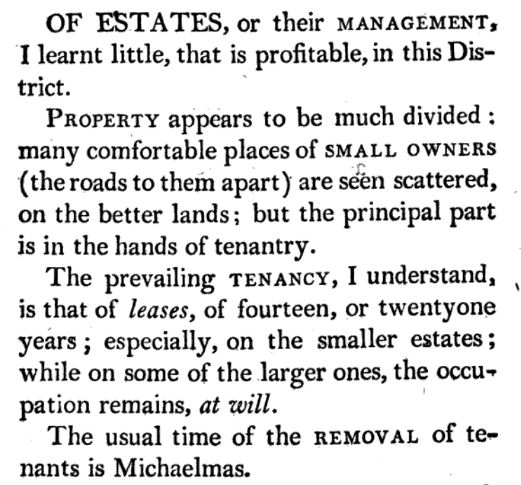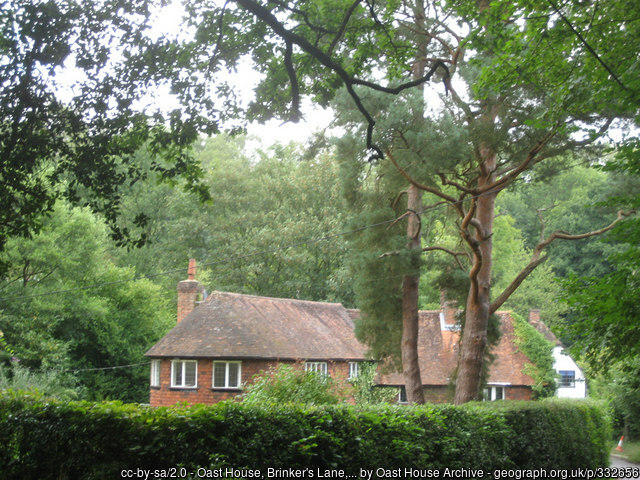On the 22nd May 1777 a young man named Thomas Walter married Elizabeth Potter at St Mary the Virgin Anglican Church in Warbleton. They settled there and raised a large family. Their descendants can still be found in the district today.
If my DNA matches are anything to go by, their descendants can be found EVERYWHERE. A few generations on lots of them left England and went all different ways.
But it all began back in 1777, with that marriage, with those two. At this church:

Their parents are mostly lost in obscurity.
Thomas was possibly the first born child of Richard Walter and Betty nee Washer who married in Selmeston in 1749. They then settled in Rotherfield near Crowborough where Thomas and his little brother Richard were baptised a year apart. Tragedy struck the family in 1754 when first Betty, then toddler Richard were buried within two months.
That’s all we know. The death of his son is the last reference to Richard that I’ve found. Maybe he married again. Maybe he left young Thomas with grandparents and went off adventuring. Hopefully one day he’ll show up again, in some yet-to-be-digitized record.
The Potter family are a little more visible. Elizabeth was baptised in Warbleton on the 29th October 1749 in the church of her later marriage, the daughter of Stephen and Ann Potter. Another daughter, Mary, was baptised in that same church two years later and buried the year after that.
Stephen was an overseer of the poor in Warbleton. After his death in 1809, Stephen Potter’s will was proved in 1810 to a value of less than £1500. Which is pretty decent for those days.
All of this hasn’t made him any easier to find, but it does gives clues regarding his status and education. He had some authority. In turn, this possibly gives some clue about Thomas Walter.
Elizabeth and Mary were probably younger children in the family. I’m guessing there are missing records.
So that’s the family background. They were working folk, but whether farm labourers or craftsmen is not known.
There’s a lot of detail out there about this region, but it’s very hard for a novice to pull apart. Warbleton was in a magical part of England. It’s on the oldest road in the country, an ancient track known as The Ridgeway. It seems in prehistoric times people moved about by travelling along the ridges of hills, that being more navigable and perhaps safer than the heavily forested valleys. Then later the ridge roads were used by soldiers, and merchants, and itinerant workers and many others, so some of the older roads stayed in use for centuries until towns popped up beside them, and the roads were widened and strengthened and bridged and fenced.
Many of those roads vanished, but the Ridgeway can still be walked on today.
Heathfield was a major stopping point on The Ridgeway. Warbleton was the next village along.
It’s a region known as the High Weald, anciently a near impenetrable forest and the home to bandits and wild animals.

Why does anyone need to know this? Because if you go researching anywhere outside of subscription sites, you’ll come bang against all these local names for things and it’s very, very hard to spot the place you want.
I found some interesting details in books from the late 18th century.
The above comes from ‘The Rural Economies of the Southern Counties’ by Mr Marshall, dated 1798. There was a lot of this at the time, I think these authors were commissioned by parliament to report on all the counties so their objective is to see if more value could be extracted from the region.
Mr Marshall really didn’t like the Weald.
A final description, this time of roads.
That’s enough of Mr Marshall and his attitude, but he did give us a good idea of the place away from the main roads, even as recent as 1798.
A lot of produce came out of the High Weald down to the coast for transport, both legally and otherwise. It was sheep and cattle country with some crops thrown in.
Smuggling was a longstanding problem all along the coast of England, it seems. After 1703 the military presence was increased along the Sussex coast to help deal with it. Wool, skins, leather and some metals were transported from the High Weald to the coast to be sent off. In March 1737 a skirmish between soldiers and smuggling gangs resulted in several deaths and an inquiry was held. The report stated:
There was no foreign persons at this business, but were all Sussex men, and may easily be spoken with.
Letter at British Treasury quoted in ‘Smugglers and Smuggling in Sussex’,W J Smith 1749
The Walter family might have had nothing to do with it, but even so, it was there in the background, in their communities. It was an interesting time.
Thomas and Elizabeth (also known as Betty in some records) were the proud parents of nine children.

Only one child did not live to adulthood, and he lived till he was five so that would have been a sad loss.
There’s something odd in the records. It shows Philly and Betty marrying on the same day in different churches, in different towns. Catsfield and Warbleton. Both on 22nd February 1803.
Unlike most counties, we only have transcription data for Sussex. I can’t check for myself. I don’t know if there’s a location error, a date error. Ten miles apart. I’m highly skeptical. But until I learn more it holds. The husband’s names are correct, they haven’t mixed up one girl for another.
It’s just .. odd.
So the record shows Philly marrying John Benge in Catsfield in 1803, after which they settled in Warbleton and raised a family.
On the very same day, Betty married Thomas Head at St Mary’s in Warbleton. A couple of children were born to them in Warbleton before they moved to Cranbrook in Kent.
Mrs Elizabeth Walter nee Potter was buried in the St Mary’s churchyard at Warbleton on the 29th of September 1803. She got to see two of her daughters safely married and the rest turning into healthy adults.
Stephen married local girl Hannah Booth. They spent some years in Warbleton before moving to Uckfield in their later years. In the 1841 census, Stephen was a widower working as a male servant and living with son Stephen and daughter in law Eleanor.
Jane was the single mother of Thomas Walter in 1810. A few years later she married Thomas Skrase and they settled in Portslade where they raised a large family.
Winifred was the only one who did not marry, she lived in Warbleton her entire life and was buried at St Mary’s Churchyard on 28th January 1829. Most likely she did as other maiden aunts did, traveled between the families to assist wherever needed.
Henry became a gardener. He and his wife moved around a bit while the children were being born, but by the 1851 census he was in Lower Beeding where he seems to have stayed.
Dinah married Robert Colbran in Warbleton, but they eventually settled in Herstmonceux.
And last of all, Eleanor married James Martin. They lived in Heathfield for some years where nine children were born to them. And then the whole family moved to Australia. Eleanor was buried in Lochinvar, New South Wales, in 1868.
Thomas Walter, I suspect after the death of his daughter Winifred, moved to Cranbrook with his daughter Betty and her husband. He was buried in Cranbrook on the 21st November 1830.
It has taken years to glean even those details about the Walter family. They became more important to document because of the colossal number of DNA matches I have through the various descendants.
I am a descendant of Betty Walter and her husband Thomas Head. Their fourth child Walter Head (presumably given his mother’s maiden name) is my third great grandfather.
Thomas and Elizabeth Walter are seven generations distant from me, and yet I share DNA with the descendants of Philly, Stephen, Henry, Jane and Eleanor. If it wasn’t for DNA matching Eleanor’s line would have stayed hidden for much longer.
Hopefully this will help other Walter researchers.
(1) Image from Snappygoat, purportedly Warbleton region. CC0







